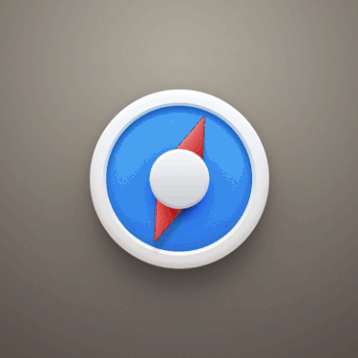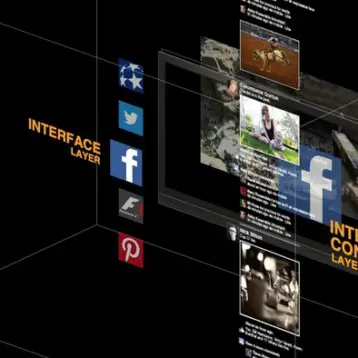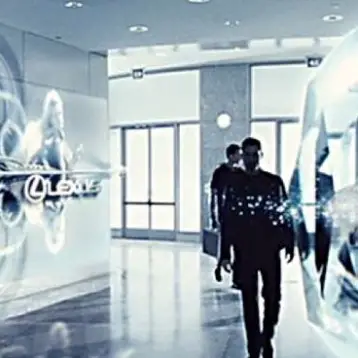In 2004, E Ink collaborated with Sony to develop the first consumer application of an electronic paper display module, called the LIBRI e-Book reader. In comparison, the new segmented display cells (SDCs) are 40% thinner, have a wider operational temperature range, and have increased flexibility for repetitive 3-D bends or 2-D conformable solutions.
The SDC products are simple digit, icon, and alpha-numeric displays. They offer good readability in a paper-thin form factor using minimal battery power. Their operational temperature range is between -10 Cand 60C degrees, and the cells can be stored at even more extreme temperatures, from -25C to 75C degrees. The display cells can be cut into non-rectangular shapes, including holes, curves, and other non-standard designs. Because E Ink’s SDC platform has a view-angle of nearly 180 degrees, it can be viewed under a variety of lighting conditions: from direct sunlight to low-level ambient light. In addition, E Ink’s Vizplex based electronic paper solutions are stable, enabling the image to remain available for over a year with zero power.
This next-generation technology has potential applications in several fields, such as consumer electronics, PC-accessories, and display smartcards. The SDC displays use the same E Ink Vizplex technology currently used in popular electronic book devices such as the Amazon Kindle, SONY Reader, and iRex iLiad. “When you need information to make a decision, an E Ink SDC display lets you see it quickly and clearly from any angle,” said Russ Wilcox, President and CEO, E Ink Corporation. “With a paper-thin and flexible plastic display that can be cut to any shape, innovative product designs are limited only by the imagination of the designers”.
TFOT recently reviewed the Cybook Gen3, a new kind of electronic book based on E Ink’s technology. You can read more in our article about the future of electronic paper. Other related TFOT stories include the development of a new type of electronic ink, called P-ink, which can display colors, and Intelligent Sticky Notes developed in MIT.









